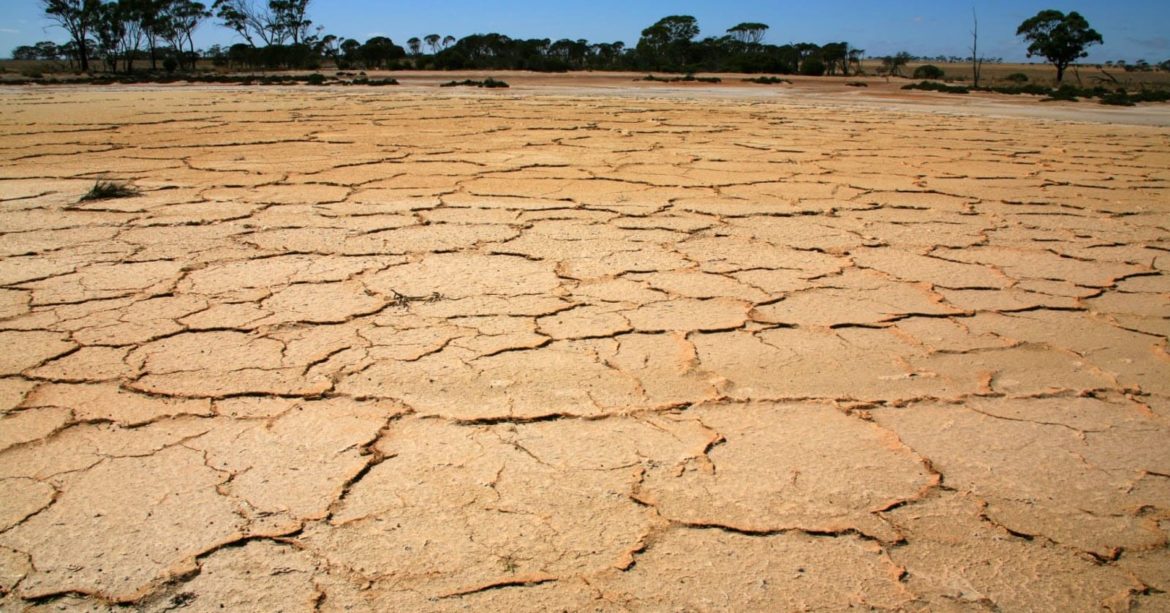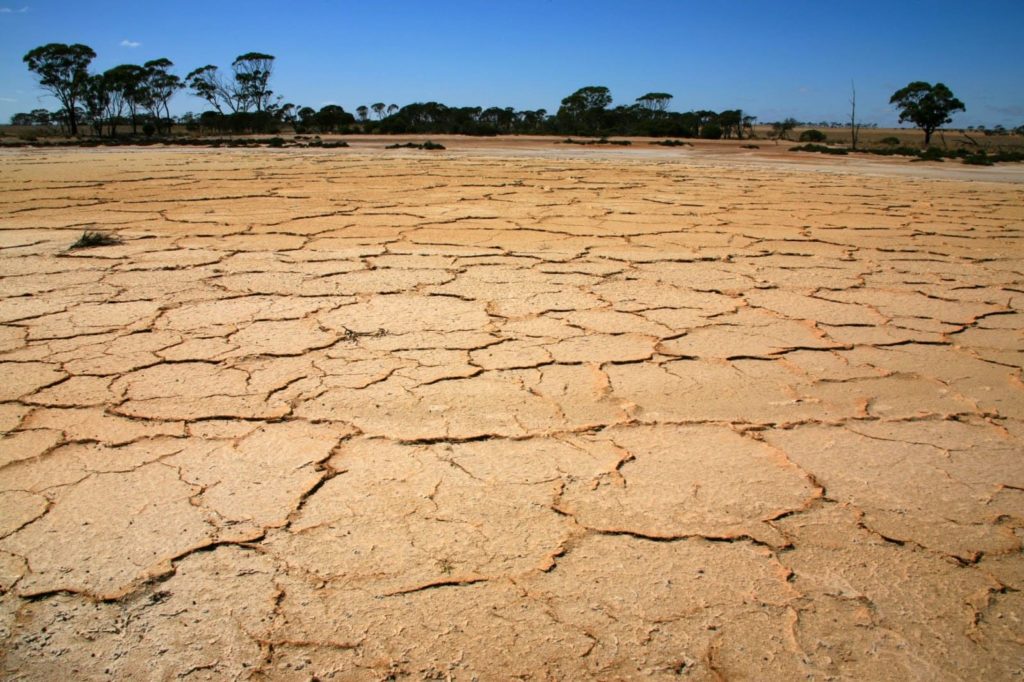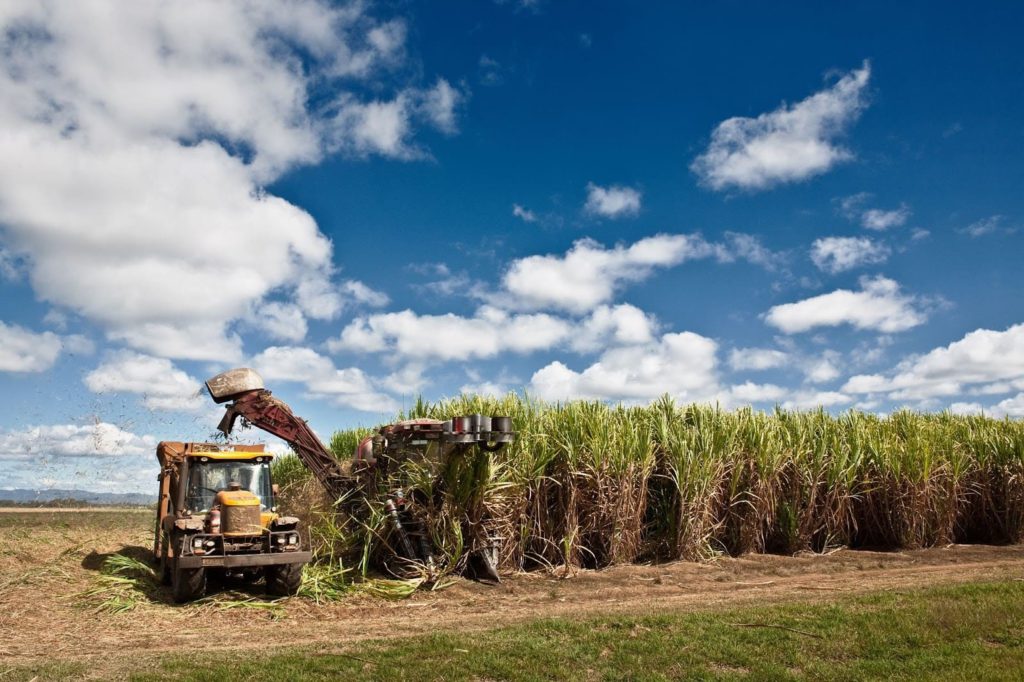New Drought Hub at University of Southern Queensland is First of Eight
The journey to the naming of the University of Southern Queensland Drought Hub began last year. In September, the Australian Government announced the creation of eight Adoption and Innovation hubs across the country. The aim of these hubs was to harness research, development, and innovation to enhance drought resilience.
In October, a competitive grants process was announced, to establish the eight Drought Resilience Adoption and Innovation Hubs. Now, the first hub has been announced. The climate scientists, agriculture experts, and community research specialists, at the University of Southern Queensland are looking forward to leading the hub and its projects.
Key points
- First of eight drought hubs announced for University of Southern Queensland.
- Aim of hubs is to promote drought resilience.
- Research experts joining forces with people on the ground.
- Hubs will raise the global research and development profile of Australia.
Export Hay on Train Line
Leading the way in drought resilience
Now more than ever, there is a need to concentrate on alleviating the issues caused by a changing environment. Extreme temperatures, bushfires, and drought are becoming the norm. Hence, the Australian Government is investing $8 million in the new University of Southern Queensland Drought Hub, part of the overall investment in the scheme of $86 million. A further $11 million of funding is coming from hub members.
The university will lead the Drought Hub for Southern Queensland/Northern New South Wales. The headquarters of the hub is in Toowoomba, with nodes based in Stanthorpe, Roma, Longreach, Lismore, and Narrabri.
One of the main aims of this, and the other seven hubs, is to connect people who have the research expertise with those who have knowledge on the ground. This will help the agriculture industry and related producers as well as protecting local communities.
A further aim for drought hubs overall is to bolster research and development (R&D) in Australia. It’s hoped that the current duplication of R&D efforts will be reduced and that the commercialisation of projects will increase.
Pushing Australia forward in global research and development
The R&D aspect of the hubs is vital in helping to raise Australia’s global ranking. In the specific area of agriculture R&D, the country ranks at number 23. This is even though the number of researchers is approximately equal to the United States and the Netherlands. These countries rank four and six in the world, respectively.
David Littleproud, Minister for Agriculture, Drought and Emergency Management, recently spoke of being embarrassed by Australia’s low ranking. He has asked R&D corporations to change the situation by 2030.
He has also announced that a digital platform will accompany the physical hubs. This will give people across the world the opportunity to see what is happening in Australian innovation.
Making a difference to the agriculture industry and regional communities
There seems to be no doubt that the activities planned for the drought hubs should make a significant difference to agricultural producers and regional communities in Australia.
The University of Southern Queensland is an ideal choice as the leader of the first hub. The establishment already has a reputation for its expertise in climate risk, drought, and regional resilience. A lot of important work has already been done under hub director Professor Roger Stone.
The deputy chancellor of the university, Professor John Bell, has spoken about the opportunities that the hub presents. He spoke of empowering producers to be adaptable and profitable as well as helping to make communities less vulnerable.
The potential of the hub at the University of Southern Queensland is undoubtedly exciting. This is especially the case when you remember there are seven more hubs to be announced.



